
Organics Recycling
Republic Services is elevating our focus on organics recycling as part of a long-term commitment to increase the circularity of valuable materials. Our innovation, investments and growth in organics have been nationally recognized. We continue to expand our capabilities to help businesses and communities reach their sustainability goals and to cultivate nutrient-rich resources.
Organics and the circular economy
Capturing Nutrients and Energy
About one-third of all waste that ends up in landfills is organic material,1 such as food, yard trimmings and other organic waste. But when organics are diverted to recycling facilities, they can find new life as nutrient-rich compost or as a source of renewable energy.
Composting is the most common way to recycle organic waste. Republic Services has 20 organics recycling facilities, and we use state-of-the-art technology to make the process efficient. We recycle approximately two billion pounds of organic waste into soil amendments that can be used to naturally enhance the health of crops for commercial farms and in community gardens. We're also recycling organics using anaerobic digestion into a renewable energy source.
1
Food and Yard Waste Recycling
Businesses and residents place organic waste into specified collection containers.
of the organics we collect and process are yard waste.
Yard Waste:
(Commercial and Residential)Residential Food/Green Waste
Commercial Food Waste
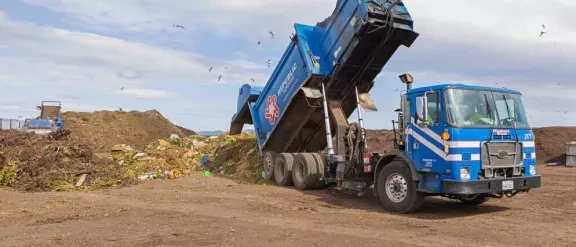
Republic Services operates 4 green waste processing facilities.
Material is typically ground up to a small size: Less than 4 inches
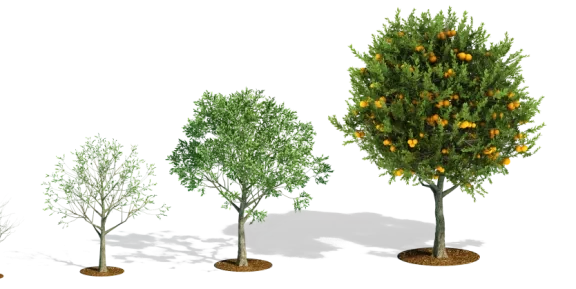
In recognition of our leadership, Republic Services was named 2020 Organics Recycler of the Year by the National Waste & Recycling Association
Less organic waste in landfills means lower greenhouse gas emissions

Food Waste Pre-processing
Commercial food waste sourced from restaurants, hotels and grocery stores often contains contaminants such as plastic bags or cutlery.
Pre-processing removes contaminants from food waste and turns it into cake that can be composted or sent to anaerobic digestion.
Republic Services operates 3 commercial food waste pre-processing lines.
2 billion pounds Food and yard waste processed in 2022

Sophisticated machines can separate a plastic wrapper from a head of lettuce.
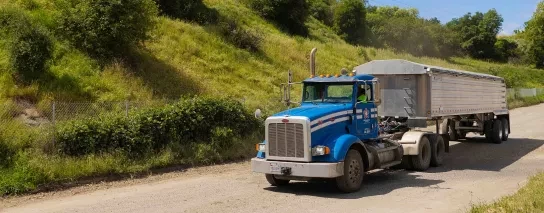
Food waste slurry is delivered to anaerobic digestion facilities including our North State Bioenergy facility in Northern California.
2
a. Composting
Our composting facilities break down organics over the course of several weeks, creating a nutrient-rich resource for farmers, landscapers and gardeners.
Republic Services operates 12 compost facilities

Five of our compost facilities use aerated static pile (ASP) composting technology, which is an advanced method that:
- Controls odors
- Reduces emissions
- Reduces compost facility footprint
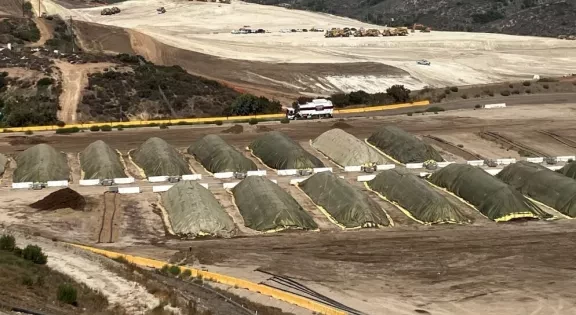
The use of Gore™ covers is a proven technology and an essential part of the process. They are waterproof and breathable but keep emissions in and water out. Gore technology creates a controlled environment that speeds up the process.
342,000 tonsof compost created in 2022
Otay composting facility features:
- Advanced composting capabilities
- Uses ASP composting technology
- First fully solar-powered compost facility in California
- 144 solar panels, covering 7,400 square feet
- 100% off the grid
- 573 kilowatts of battery storage powers the entire facility
- Handles 200 tons of organic waste per day = 60,000 tons per year
- Named NWRA organics management facility of the year in 2022
See how the Otay facility is changing composting capabilities.
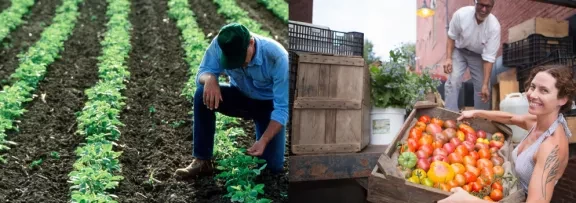
Amending soil with compost:
- Preserves natural resources
- Reduces water consumption

2
b. Anaerobic Digestion
Republic Services is on the leading edge of recycling organics to produce renewable energy.
Biogas is captured and converted into:
- Electricity
- Renewable natural gas (RNG)

RNG powers part of the Republic Services fleet
Our anaerobic digester breaks down food in an oxygen-free biological environment
Organics recycling keeps household and commercial food and yard waste out of landfills and enables beneficial reuse for communities. The results include lower greenhouse gas emissions from landfills, minimizing landfill waste and providing compost and renewable energy. By working in partnership with municipalities and communities to expand their organics recycling capabilities, we are helping more cities and businesses reach their sustainability and regulatory compliance goals.
1United States Environmental Protection Agency, “National Overview: Facts and Figures on Materials, Wastes and Recycling,” December 3, 2022. https://www.epa.gov/facts-and-figures-about-materials-waste-and-recycling/national-overview-facts-and-figures-materials. Accessed November 2023.